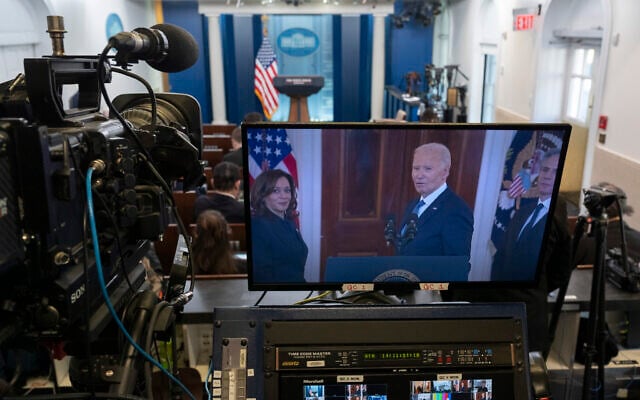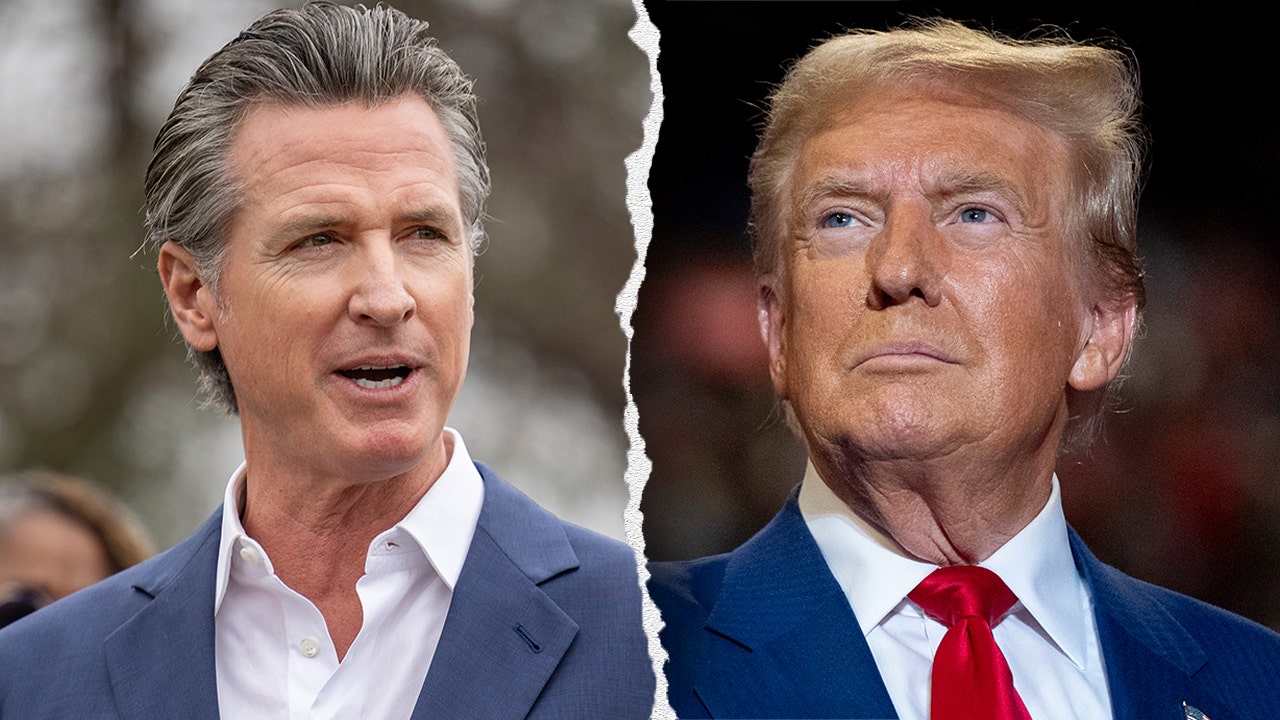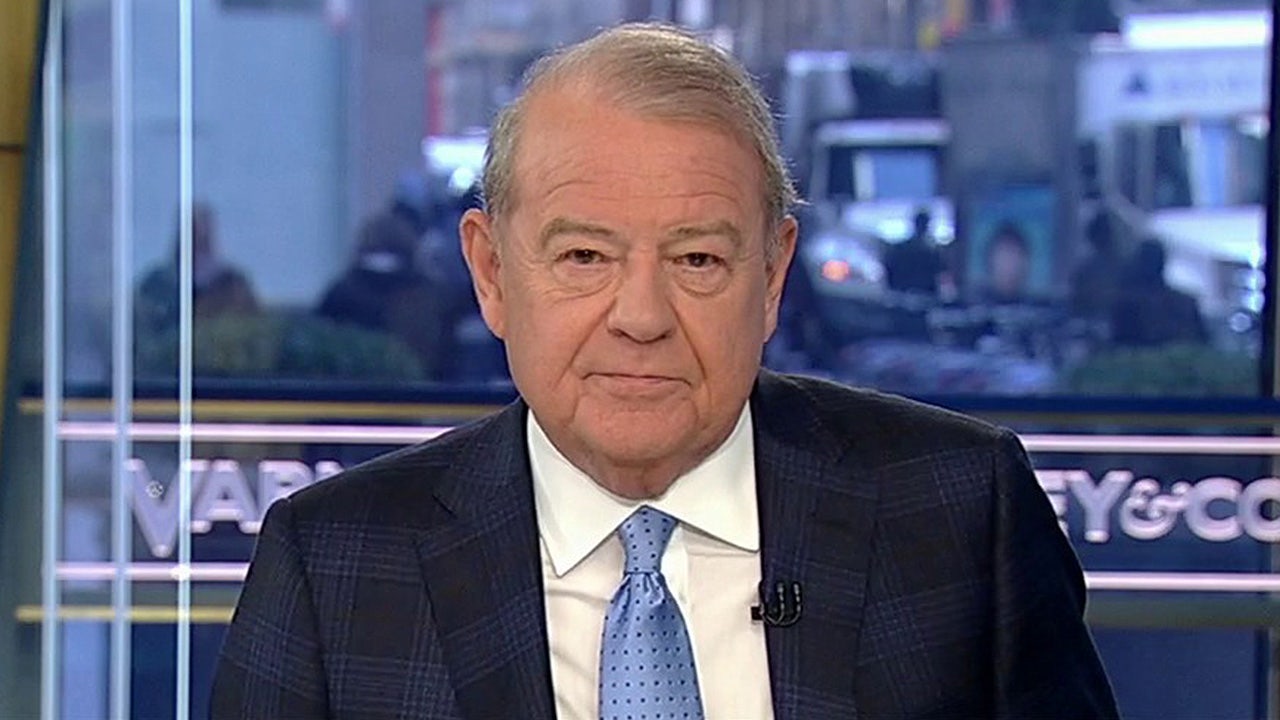Trump's China tariff threats are helping fuel a manufacturing boom — in Mexico
The migration of manufacturing to Mexico could undermine Trump’s promise that ratcheting up tariffs on China would give companies incentives to bring production back to the U.S. and give American companies a more even playing field.
WASHINGTON — President-elect Donald Trump has indicated that one of his
top priorities when he takes office next week will be to impose steep tariffs on Chinese imports, a move he claims would protect American jobs and bolster domestic manufacturing.
But if recent trends are any indication, one of the biggest beneficiaries might be workers in Mexico.
After Trump
levied tariffs on billions of dollars’ worth of Chinese goods in his first term, a growing number of companies moved manufacturing operations from China to Mexico. Industry analysts and executives working with Mexican manufacturers said that with Trump promising to escalate the trade war, they are seeing a renewed wave of interest from companies looking to shift production from China to Mexico.
“It’s absolutely déjà vu, and it’s just getting started,” said Raine Mahdi, whose company, Zipfox, connects businesses with manufacturers in Mexico. “The last time, this issue caught the tail end of the Trump administration, and then it pretty much died off with the Biden administration. Now it’s already starting before Trump is even officially in office. It’s not going to just go away. Companies are not going to be able to wait it out.”
There are generally no tariffs on goods made in Mexico that are shipped to the United States under the USMCA trade pact among the United States, Canada and Mexico — similar to the previous North American Free Trade Agreement — though Trump has threatened Mexico with new tariffs if it doesn't do more to stop the flow of immigrants and drugs across its border.
The migration of manufacturing to Mexico could undermine Trump’s promise to voters that ratcheting up tariffs on China would give companies incentives to bring production back to the United States and give American companies a more even playing field. During Trump’s first round of China tariffs, the number of companies moving production for the U.S. market out of China increased. But rather than relocate that production to the United States, many companies went to other low-cost countries, instead.
“It will produce jobs in a few sectors who get protection and where there’s not a way to make it offshore, but for most companies it just moves it from China to Vietnam or Mexico,” said Mary Lovely, a senior fellow at the Peterson Institute for International Economic. “I really do think it’s a false promise.”
Since his election, Trump has threatened to put tariffs on goods from Mexico on day one of his administration. But doing so would violate the USMCA trade pact — a deal Trump touted as a major negotiating victory during his first term. Breaching the agreement could trigger legal challenges and retaliatory tariffs that would affect U.S. companies, lawyers and trade policy analysts have said. It could also cause upheaval in the financial markets and
increase prices for consumers on everything from cars to groceries, they said.
The United States will be able to start renegotiating the USMCA pact in July 2026 under a provision in the agreement. If the three countries don’t agree to extend the deal, it will terminate in 2036.
But even with the looming uncertainty of tariffs, companies have continued their interest in Mexico, said Alejandro Delgado, Mexico country manager for SiiLA, a real estate data analytics firm. Along with the low trade barriers, the close proximity to the United States means cheaper shipping costs and the ability to avoid potential bottlenecks at U.S. ports. Mexico also has relatively low labor costs, with a minimum wage of around $20 a day in the region near the U.S. border.
“Since Donald Trump’s election, Chinese companies’ interest in Mexico has remained, but with some uncertainty,” Delgado said. “Of course, there is this threat of implementing new tariffs, but the sense is that Mexico is in a better position to negotiate with the U.S. than China.”
In Nuevo León, an area just south of the U.S. border, industrial parks full of Chinese companies have been springing up in recent years. Among those opening operations there are the equipment maker Lingong Machinery Group, which
announced plans for a $5 billion industrial park, and the appliance maker Hisense, which
said it would spend $260 million on a facility that it expects to create 7,000 jobs. Adjustable bed manufacturer Keeson Technology
invested $30 million in a plant, and the Chinese furniture maker Kuka Home opened operations in Mexico in 2020 and
announced a $150 million expansion in 2022 that it said would employ 3,500 people.
In total, nearly $4 billion in investment deals were announced in 2023 by Chinese companies and an additional $1.4 billion were recorded in the first half of 2024,
according to data compiled by the research firm Rhodium Group. While that is a relatively small amount compared with other countries with deeper ties to Mexico, it’s nearly four times the average Chinese investment in Mexico from 2014 to 2020, the report found.
The footprint of industrial real estate occupied by Chinese firms has doubled since 2021, with the largest investments coming from companies manufacturing higher-end products for the automotive and tech sectors, according to data from SiiLA. More than half of Chinese-based companies currently occupying industrial space in Mexico weren’t present in the country before 2020, SiiLA said.
MEXICO SAYS gracias senor dip shit!

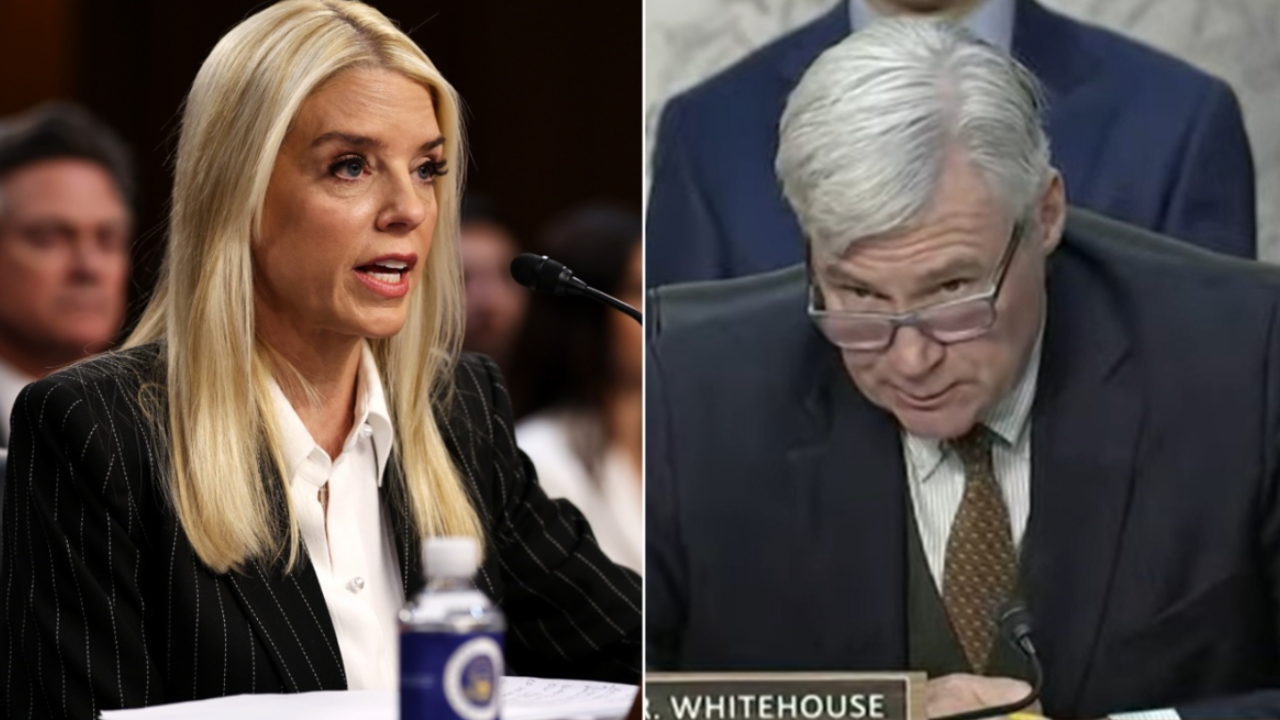

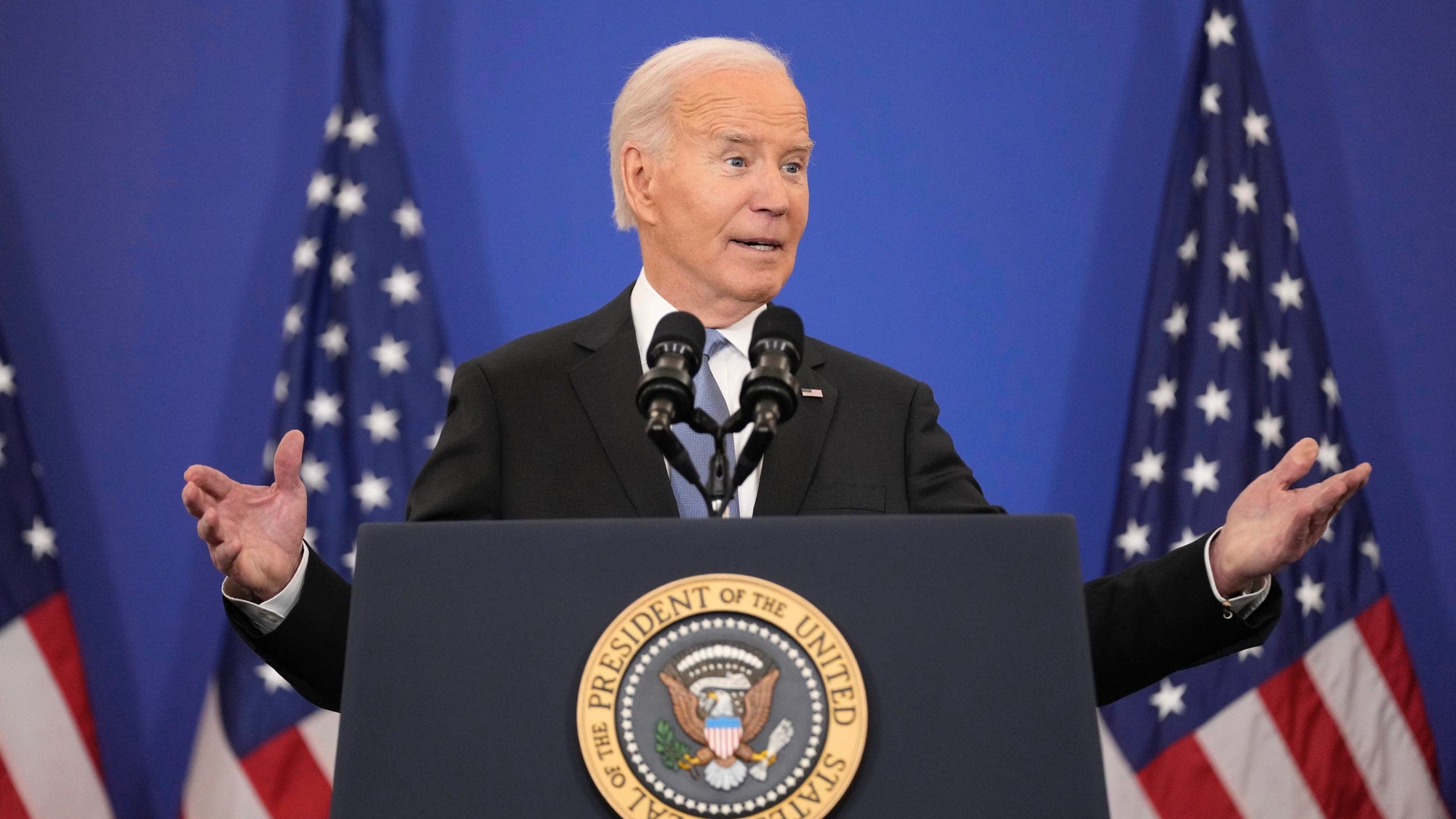
 From the Liveblog of Wednesday, January 15, 2025
From the Liveblog of Wednesday, January 15, 2025